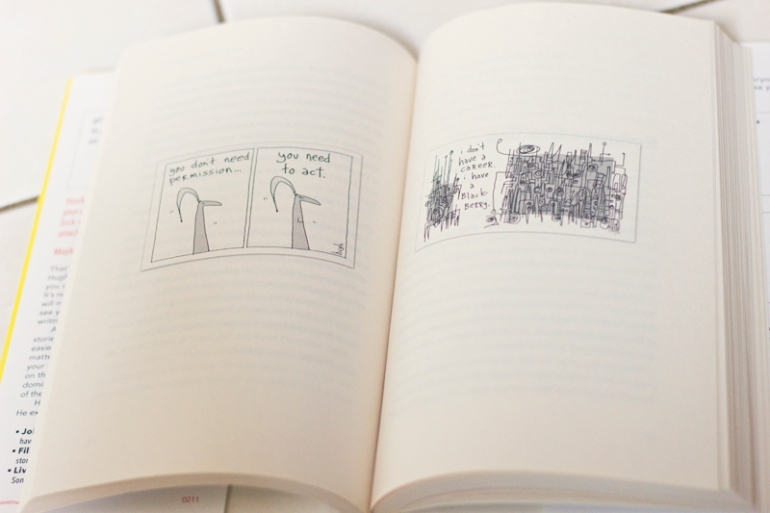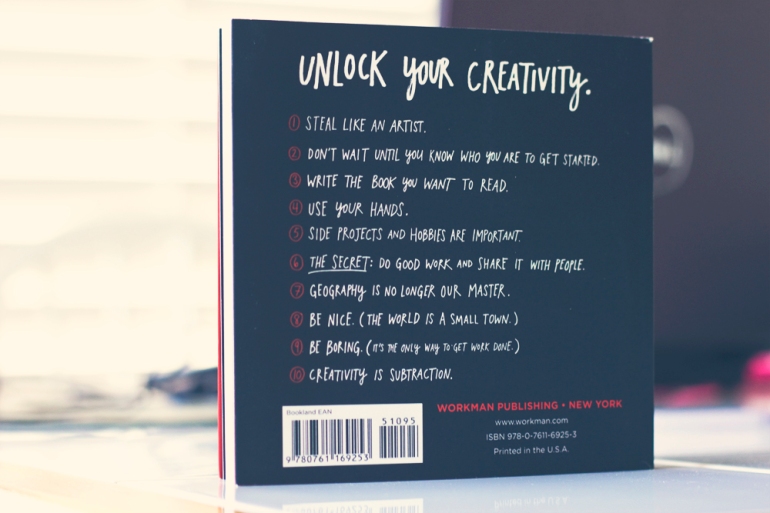For a while, I was just living the freelance life and underemployed. That meant hours were flexible and I had a lot of free time to do whatever I wanted when I was between projects. My blogs and sites were active and fruitful.
Recently, I have obtained work that is more time consuming and has unpredictable office hours. This made it more difficult to schedule time in advance to blog, because time seemed like a scarce luxury. Obviously since there are still posts churning out on all my content streams, I have found ways to adjust to this new transition. Here are some tips:
Find out what your internet policy is at work. This is an important first step if you want to blog at work (during downtimes/breaks of course). Some companies don’t allow you to use internet services outside of work purposes and you must abide by those rules. Personally, I don’t blog at work because I have way too many other things to be doing so the next few steps are more useful.
Schedule Content in Advance. To keep my music blog alive and active, I schedule a lot of content in advance. There’s always a period of time where I’m like OKAY LET’S SIT DOWN AND BLOG on weekends or evenings and I churn out a bunch of content and schedule them over the next few days. This works better for posts that aren’t particularly time sensitive.
Carry a notebook. I always have a notebook in the vicinity to brainstorm things I want to write about the moment they come up.
Find inspiration everywhere. This applies most when it’s a personal blog and therefore you can post whatever you want – food, photos, projects, inspiration, thoughts. The blog is about YOU after all. Life changes constantly, and there are tons of exciting and thought-provoking things to write about at every corner.
Take advantage of your Smartphone. By now, most people have a smartphone. Whether, it’s an Android or an iPhone, there is a wealth of apps that sync to the cloud. There’s even a WordPress app on both platforms. These can be great for long commutes. Personally, I use OneNote on my iPhone because it syncs with the version on my laptop. I draft a lot of posts while on the train. In fact, this one was partially written on a commute.
Don’t stop. The moment you stop actively blogging for a while, it becomes tough to start again as each day passes. It’s all about finding new ways to fit writing into a new schedule. Sometimes when you have a free half hour, you just have to make yourself sit down and write. It’s totally possible, you just have to stop giving yourself excuses and do it.
I originally published this post on Medium.





















